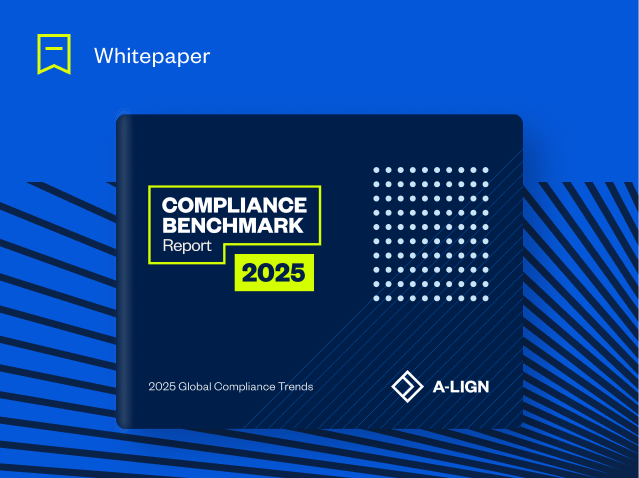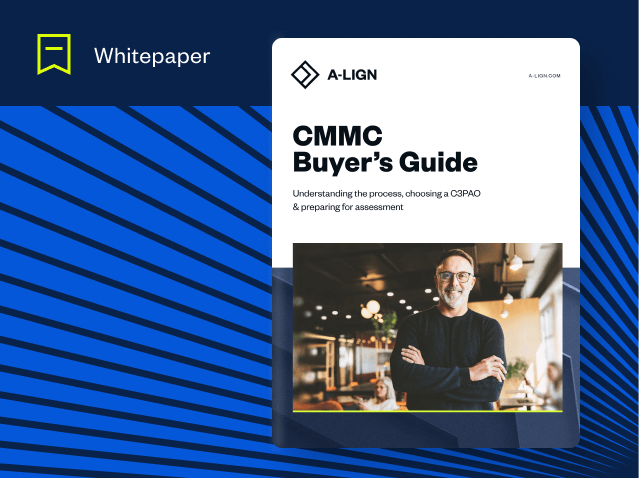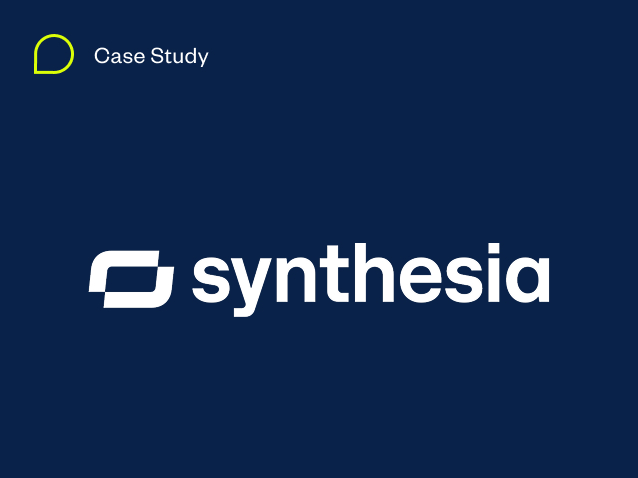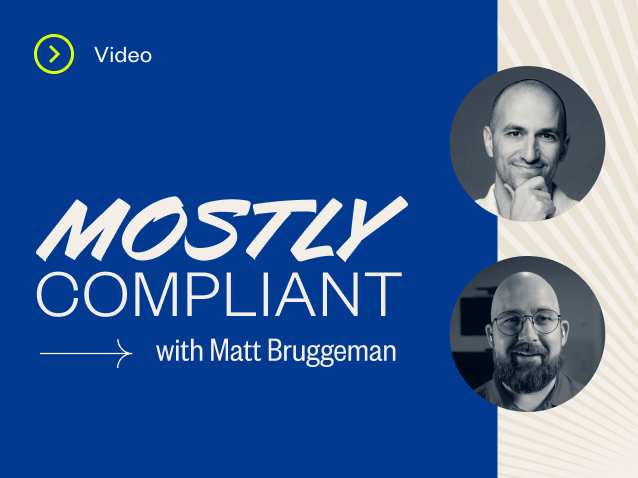When pursuing federal clients or servicing existing ones, there are unique compliance needs due to the sensitivity of government information. Many standards (such as FedRAMP) and laws (like FISMA) exist to create consistent security standards for organizations seeking federal agency clientele.
Sometimes these standards have similar frameworks, putting organizations in a position where they need guidance on which certification to pursue. For instance, FISMA and FedRAMP often appear early in an organization’s compliance journey — but the two aren’t interchangeable.
In this blog, we’ll clarify:
- What is FISMA?
- What is FedRAMP?
- The differences between FISMA vs FedRAMP
- How to choose between FISMA vs FedRAMP
What is FISMA?
FISMA refers to the Federal Information Security Modernization Act of 2014. First issued in 2002, FISMA was amended in 2014 to modernize federal security practices, addressing evolving security concerns as technology progressed.
FISMA is not a standard: it is a United States federal law requiring federal agencies to develop, document, and implement an agency-wide program to provide information security for the information and systems that support the operations and assets of the agency, including those provided or managed by another agency, contractor, or other sources.
The Risk Management Framework (RMF) is a key element of FISMA, as it brings together all the FISMA-related security standards and guidance to promote the development of comprehensive and balanced information security programs by agencies.
Together, FISMA and RMF outline the cybersecurity standard for all companies that are seeking federal contracts and an ATO from government agencies. FISMA establishes the standards and requirements of an agency’s cybersecurity program, and RMF is how that program is implemented to meet those standards and requirements.
What is FedRAMP?
FedRAMP, or Federal Risk and Authorization Management Program, is a government program that provides a standardized approach to security assessment, authorization, and continuous monitoring specifically for cloud products and services used by federal agencies to store, process, and transmit federal information.
Its main objective is to provide federal departments and agencies with a cost-effective and risk-based approach to cloud adoption. The creation of FedRAMP allowed cloud service providers (CSPs) to be assessed and authorized by federal agencies.
Understanding the Differences Between FISMA and FedRAMP
The main differences between FISMA and FedRAMP include:
- The type of ATO that is granted (one-to-one vs. “do once, use many”)
- Who each is relevant for (FedRAMP is specifically for cloud service providers)
- The pathways to authorization
When becoming FISMA compliant, organizations are awarded an RMF ATO from the specific federal agency with which the organization is working, which is considered a one-to-one process. A one-to-one process means that each agency that an organization is seeking authorization from will have different requirements because of the unique needs that an agency may have. As a result, multiple ATOs from multiple agencies must be maintained in order to keep those federal contracts. Thus, each authorization is done one at a time.
When becoming FedRAMP authorized, organizations are awarded an ATO that can be leveraged by any federal agency, which supports a “do once, use many” framework that provides a streamlined process for cloud service providers (CSPs). FedRAMP can be more rigorous because it is intended to be used by any agency.
In addition, FedRAMP is specifically designed with the needs of CSPs in mind, making it the appropriate assessment for cloud providers.
Under FedRAMP, organizations pursue one of two authorization pathways. They either pursue a provisional authorization to operate, or P-ATO, through the Joint Authorization Board (JAB) or a FedRAMP Authorization via a direct Agency sponsorship. Either path requires a 3PAO, or third-party assessment organization, to determine that the provider can demonstrate that the cloud services meet the baseline controls in FedRAMP. Once the 3PAO assesses and reviews the documentation, the results are submitted for FedRAMP review and approval, at which time, an organization is awarded a P-ATO or ATO, depending on the authorization pathway chosen.
Choosing Between FISMA and FedRAMP
When it comes to choosing between FISMA and FedRAMP, the decision ultimately lies with the organization itself.
Many times, client specifications will determine which standard an organization chooses to pursue. If your company’s offering is a cloud-based solution, then FedRAMP is typically required, otherwise the compliance framework is typically determined by your federal client requirements.
Both RMF and FedRAMP fulfill the FISMA mandates and aim to protect sensitive government data from cybersecurity threats, and both follow the controls set within NIST SP 800-53.
Regardless of the assessment that is right for your organization, the NIST guidelines allow organizations to use cloud services with increased security and efficiency.
Becoming FISMA Compliant
Whether it’s pursuing a RMF ATO or a FedRAMP ATO, Federal agencies base their security controls baselines on NIST SP 800-53, in addition to agency-specific cybersecurity requirements.
A-LIGN is an expert in federal compliance and a top FedRAMP assessor. As an accredited 3PAO, A-LIGN can help organizations navigate the process of complying with multiple audits and gaining multiple authorizations at the same time.
Contact the A-LIGN team today to discuss the benefits of FISMA or FedRAMP for your organization.





